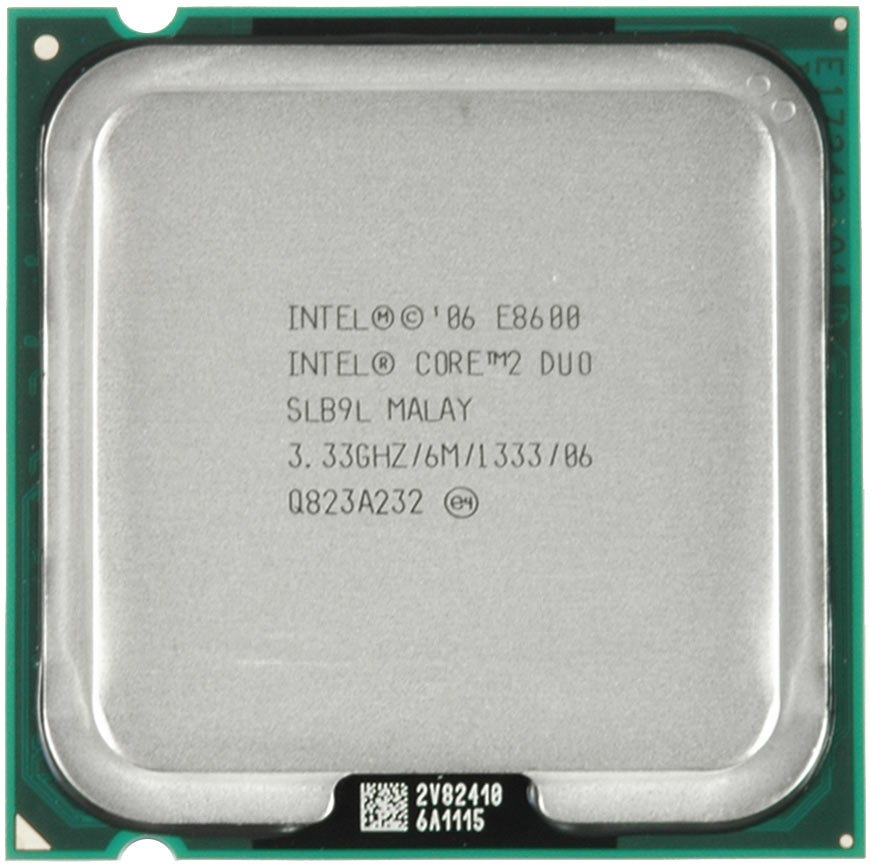Overclocking Core 2 Duo: Power Versus Performance
Processor: Core 2 Duo E8600
Intel’s Core 2 processors have been around for a while, but the technology has undergone several modifications, making the current products the most efficient CPUs on the market. The initial Core 2 launch was in the middle of 2006, and Intel took the performance crown from AMD with Core 2 (it was the Conroe design).
By the beginning of 2008, Intel had deployed its 45 nm manufacturing process, allowing Wolfdale to gain additional performance, while simultaneously requiring less power to operate. The 3.16 GHz Core 2 Duo E8500 had been the top model until Intel introduced the faster E8600 3.33 GHz model in August of 2008. There have been no further speed updates since then, and there probably won’t be any, perhaps with the exception of a 3.5 GHz E8700. This article looks at the ideal proportion of clock speed and power consumption, and we’ll show that the efficiency of the Core 2 Duo Wolfdale is actually best in the upper 3 GHz range.
Core 2 Duo E8000-series processors come with 6 MB L2 cache and operate at a 333 MHz speed Front Side Bus (FSB). Translated into quad-pumped operations—four data transfers per clock cycle—this is referred to as FSB1333. All Core 2 processors require a Socket LGA775 motherboard in which to operate, but you’ll need a recent platform with a P35 or P45 chipset, due to modifications in the processor power supply.
The P45D3 Neo we're using here supports the full Core 2 lineup, and we know that our processor sample runs fine at almost 3.9 GHz without modifying the processor core voltage. This is a clear sign that Intel could easily release one or two faster models based on the Wolfdale core, but due to product positioning of the quad-core products, this is unlikely to happen.
Get Tom's Hardware's best news and in-depth reviews, straight to your inbox.
Current page: Processor: Core 2 Duo E8600
Prev Page Perfect Overclocking: Balanced Power And Performance Next Page Platform: MSI P45D3 Neo-F (P45)
